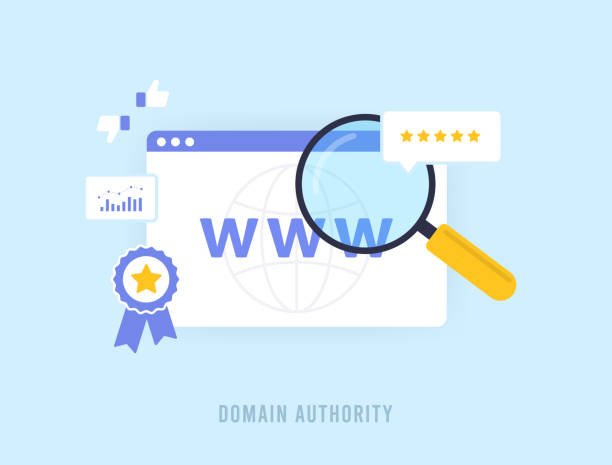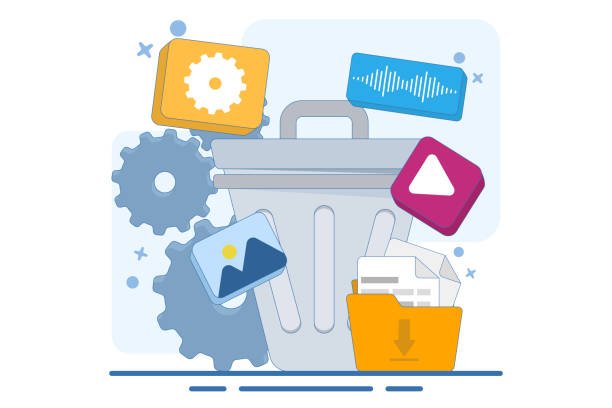How to Write Blogs for Your E-Commerce Store (Step-by-Step Guide)
If you’re running an e-commerce store, you should definitely be blogging! A well-crafted blog can drive more traffic to your website, engage your customers, build brand trust, and ultimately increase sales. But where do you start? In this step-by-step guide, we’ll walk you through how to create high-quality blog content that attracts and converts your target audience.
Why Blogging is Essential for Your E-Commerce Store
Before diving into the steps, let’s quickly explore why blogging is a must for e-commerce businesses:
- Increases Website Traffic – SEO-optimized blog posts rank on search engines, bringing in potential customers.
- Boosts Customer Engagement – Informative and helpful content keeps visitors on your site longer.
- Builds Brand Authority – By sharing expertise, you establish trust with your audience.
- Supports Product Promotion – Blogs allow you to showcase products naturally within valuable content.
- Improves Conversion Rates – Educated customers are more likely to make a purchase.
Now, let’s break down how you can create effective blog posts for your online store.
Step 1: Identify Your Target Audience

Understanding your audience is crucial to writing blogs that resonate with them. Ask yourself:
- Who are your ideal customers?
- What are their pain points, needs, and interests?
- What type of content would they find valuable?
For example, if you sell skincare products, your audience may be interested in topics like “Best Ingredients for Sensitive Skin” or “How to Build a Skincare Routine.”
Step 2: Research Blog Topics and Keywords
To attract organic traffic, you need to write about topics people are searching for. Use tools like:
- Google Search & “People Also Ask” – See common questions related to your niche.
- Ubersuggest, Ahrefs, or SEMrush – Find keyword ideas and search volume.
- Social Media & Forums – Look for trending discussions in your industry.
Example: If you sell fitness gear, potential topics could be:
- “Best Home Workout Equipment for Small Spaces”
- “How to Choose the Right Running Shoes for Your Feet”
Step 3: Plan Your Blog Content
Before writing, create a content outline:
- Title: Make it clear, engaging, and keyword-rich (e.g., “10 Must-Have Kitchen Gadgets for Home Cooks”).
- Introduction: Hook the reader by addressing a problem or need.
- Main Sections: Use subheadings (H2, H3) for easy readability.
- Call-to-Action (CTA): Encourage readers to explore your products or subscribe to your emails.
Step 4: Write Valuable and Engaging Content
Your blog should:
- Be Informative – Provide value beyond just selling products.
- Have a Conversational Tone – Write like you’re talking to a friend.
- Include Internal Links – Link to related products or other helpful blog posts.
- Use High-Quality Images – Show product demos or lifestyle shots.
Example for a fashion store: Instead of just listing “Best Summer Dresses,” write a blog post titled “How to Style Summer Dresses for Every Occasion”, offering fashion tips while naturally featuring your products.
Step 5: Optimize for SEO

To get more visibility, apply SEO best practices:
- Include Keywords Naturally – In the title, headers, and throughout the content.
- Write a Compelling Meta Description – Summarize the blog in 150-160 characters.
- Use Alt Text for Images – Helps with search engine rankings.
- Improve Readability – Keep paragraphs short and use bullet points.
Step 6: Promote Your Blog
Once published, share your blog to maximize its reach:
- Social Media – Share on Instagram, Facebook, Pinterest, and LinkedIn.
- Email Marketing – Send it to your subscribers.
- Collaborations – Partner with influencers or brands for more exposure.
Step 7: Track Performance and Improve
Monitor your blog’s performance using Google Analytics:
- Which blogs drive the most traffic?
- How long are people staying on the page?
- Are they clicking on product links?
Adjust your strategy based on what works best.
Final Thoughts
Blogging is a powerful tool for e-commerce businesses. By consistently providing valuable, engaging content, you’ll drive more traffic, build brand loyalty, and increase conversions. Ready to start blogging? Pick a topic, follow these steps, and watch your e-commerce store grow!
Would you like help brainstorming blog topics specific to your niche? Let me know!







